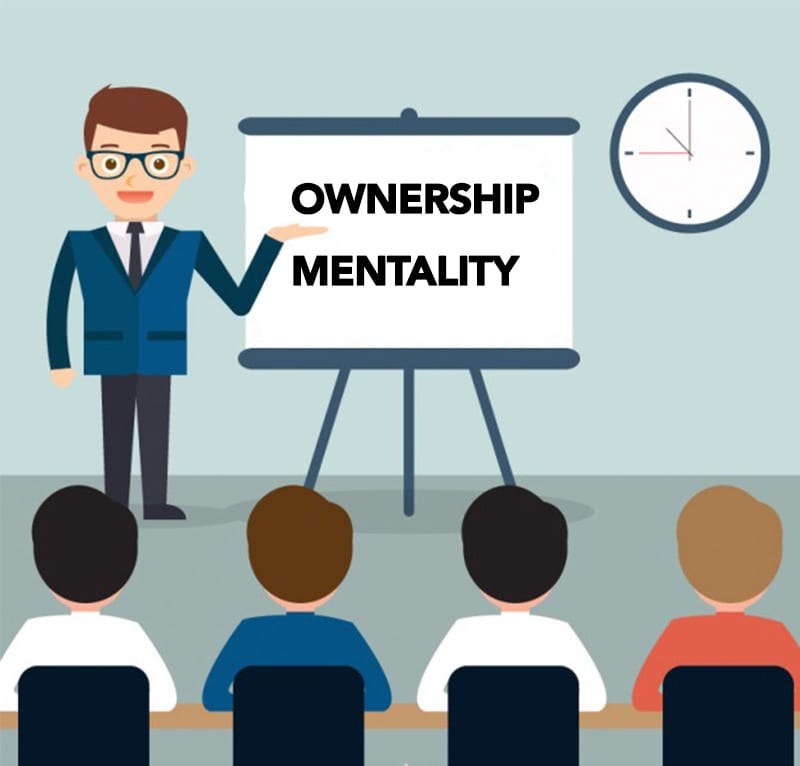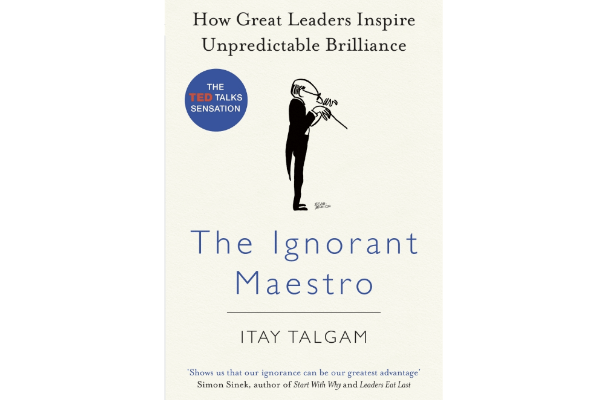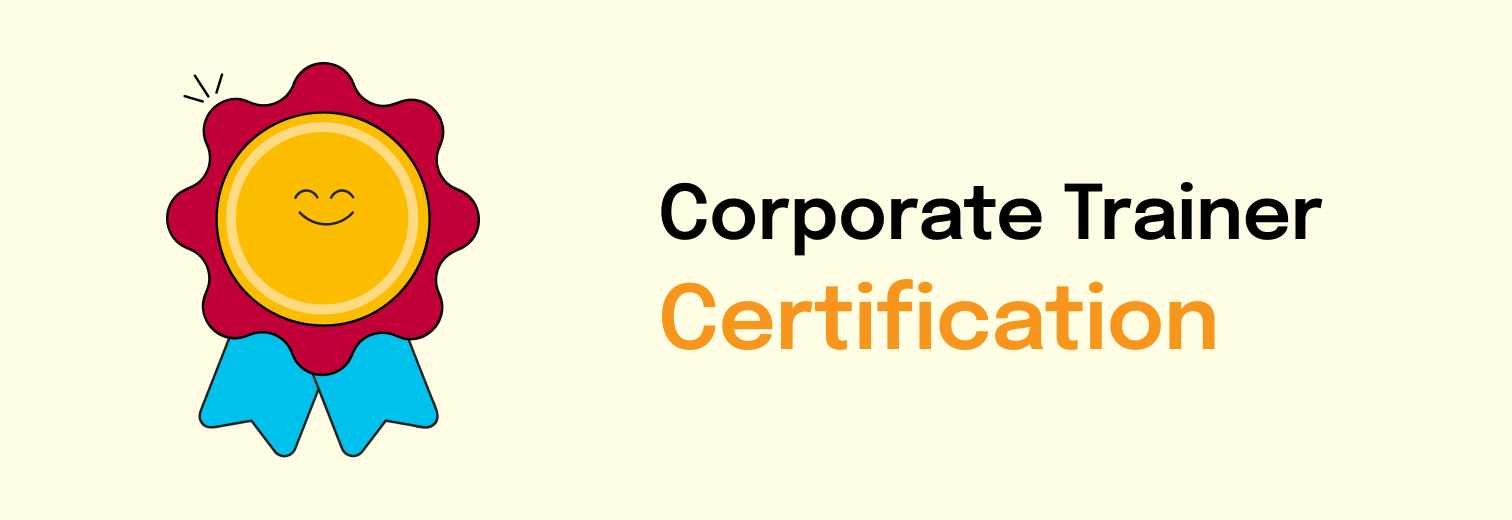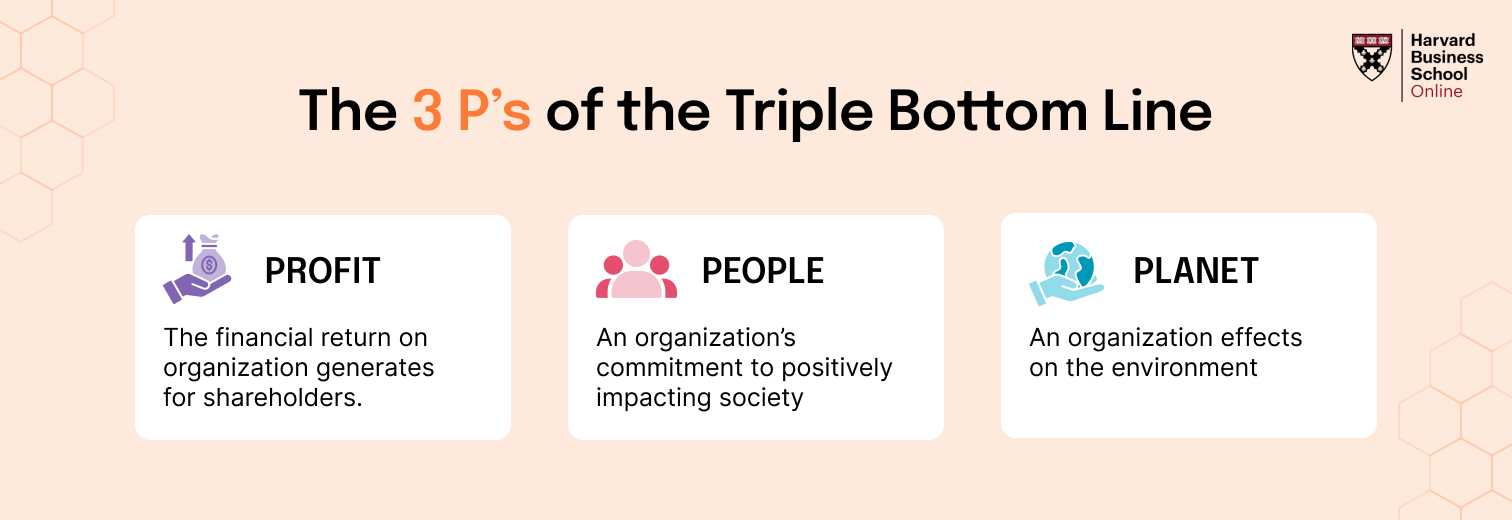“Taking complete ownership of your outcomes by holding no one but yourself responsible for them is the most powerful thing you can do to drive success.”
– Gary W. Keller
Why Ownership Mindset Matters More Than Ever
Table of Contents
In almost every team I’ve worked with, across industries and geographies, one recurring challenge stands out. It’s not lack of skills, knowledge, or even motivation. It’s the absence of true ownership. You see it in the missed deadlines, in people passing the buck, or in the classic justifications like “Traffic was terrible” or “My system crashed.”
Over time, I’ve come to believe that cultivating an ownership mindset is perhaps the most underrated yet powerful shift any team can make. When individuals start owning their actions, outcomes, and impact, teams transform. They stop waiting for instructions and begin driving outcomes proactively.
Let’s be clear, ownership is not about control. It’s about commitment. It is about treating the company’s vision as your own, thinking beyond the task list, and showing up not just as an employee but as a stakeholder in the success of the whole.
So how do we cultivate this mindset? What can we do as leaders or colleagues to nudge people from passive compliance to passionate ownership?
Here are three ways that have worked for me and the teams I have coached.
1. Build Accountability into the Culture
One of the biggest myths I’ve encountered is that accountability must be top-down. But in reality, accountability that is forced from above rarely lasts. Real accountability is cultural. It happens when everyone, regardless of role, feels answerable to each other, not just to the boss.
Start With Role Clarity
Ownership begins with knowing what you’re expected to own. Sounds obvious, right? Yet many workplace misunderstandings stem from unclear responsibilities. I remember working with a tech team where three different people thought someone else was responsible for the same task. The project stalled. Tensions rose. All because no one had taken the time to clearly define roles.
You cannot have accountability without clarity. And clarity must be co-created. As leaders, we can facilitate this through goal-setting conversations, shared OKRs (Objectives and Key Results), and frequent alignment check-ins.
Focus on Outcomes, Not Activities
Another shift we made that worked wonders was moving conversations from “What are you doing?” to “What are you solving for?” This subtle change encouraged people to think in terms of outcomes rather than outputs.
It helps to embed this in your review systems. Instead of tracking hours or tasks completed, try tracking impact. Did this initiative reduce churn? Did the workshop lead to better collaboration? Measuring what matters builds a mindset of end-to-end ownership.
Model Accountability
Perhaps the most powerful way to build a culture of accountability is to model it. I make it a point to call out my own mistakes in team meetings. It shows that taking ownership is not about being perfect. It is about being responsible. When people see leaders owning up, they are far more likely to do the same.
Try this: At the end of every team meeting, ask, “What is one commitment you are making this week, and how will we know you kept it?” Watch how this simple prompt builds accountability over time.
2. Embrace Mistakes as Part of the Process
Let me say it loud: Ownership thrives when people are not afraid to fail. If your team is terrified of making mistakes, they will never fully own their work. They will play it safe, follow the checklist, and avoid taking bold action.
I learned this the hard way.
In one of my earlier leadership roles, I had created a high-performance team with a lot of structure and check-ins. On paper, everything looked great. But innovation was flatlining. People were doing what was told, nothing more. That’s when a teammate finally spoke up and said, “I am scared to mess up.” That hit hard.
Create Psychological Safety
Ownership grows in environments of trust. People must know that if they try something new and fail, they will not be ridiculed or punished. This is not about tolerating mediocrity. It is about rewarding courage and initiative.
One thing that worked for us was regular “learning retrospectives.” We created space to talk about what did not work, what we learned, and what we would do differently next time. Over time, this became a source of bonding rather than blame.
If your team struggles with collaboration or openness, you might consider immersive programs like Team Building Interventions that promote trust and shared learning through experiential formats.
Encourage Reflection, Not Regret
Mistakes should lead to reflection, not regret. Instead of asking “Why did this fail?” ask “What did we learn?” and “What will we try next time?” A culture of continuous improvement beats a culture of perfection any day.
You can also create peer-led learning circles where teams share project lessons. This peer-based approach normalizes experimentation and encourages responsible risk-taking.
3. Clarify Goals and Give People Space to Own Them
Let me tell you about a moment that changed how I lead. During a project with tight deadlines, I decided to take a step back and allow the team to take full charge. I outlined the goals, provided context, and said, “You are in charge.” I checked in weekly but resisted the urge to micromanage.
To my surprise, not only did the team deliver early, but they also added features I had not even considered. That was the power of letting go.
Set Clear Goals and Let Teams Choose the Path
Ownership is not about dumping tasks. It is about entrusting people with outcomes and giving them the autonomy to choose how they reach them. It is about saying, “Here’s what we need to achieve, and I trust you to figure out how.”
This builds confidence. It taps into intrinsic motivation. People feel like their voice matters.
Of course, autonomy without alignment can lead to chaos. That is why frameworks like OKRs are powerful. Everyone knows what they are working toward and how success is defined, but the path to get there is left open for innovation.
Use Simulations to Strengthen Decision-Making
One tool I have found incredibly helpful is business simulations. These are not just role-plays. They are structured, high-stakes environments where teams practice leadership, collaboration, and problem-solving under pressure. It’s like flight simulation for corporate decision-making.
If you are looking to empower your team to take charge without real-world risk. These hands-on experiences build confidence and strategic thinking skills that translate back into the workplace.
A Mindset That Transforms Culture
The biggest lesson I have learned is this: Ownership is contagious. Once a few people start thinking and acting like owners, others follow. Meetings become more action-oriented. Feedback becomes more constructive. Conversations move from “That’s not my problem” to “Let’s fix this together.”
When you foster ownership, you unlock a level of commitment and creativity that no amount of oversight can buy.
But this does not happen overnight. It takes consistent leadership, clarity, trust, and a deep belief in your people’s potential.
So here is what I would leave you with:
- Replace blame with curiosity
- Define clear outcomes, not rigid processes
- Celebrate effort and initiative, not just results
- Create space to learn from mistakes
- Treat everyone as a co-creator, not a cog
Ownership is not about titles. It is about mindset. And when we nurture that mindset across our teams, we build not just high-performing teams, but resilient and empowered ones.
The Takeaway
Ownership is not a checkbox on a performance review. It is a culture you build every day. It is the choice people make when they feel seen, trusted, and inspired. Whether you lead a small team or a global function, this mindset can redefine how your people engage with their work.
If you are ready to unlock that shift, start with just one thing. It could be a feedback session, a shared OKR, a moment of vulnerability, or even a team challenge. Ownership, like leadership, begins with one choice at a time.
Have you seen a great example of ownership in your team? Or have you experimented with ways to intentionally build it?










